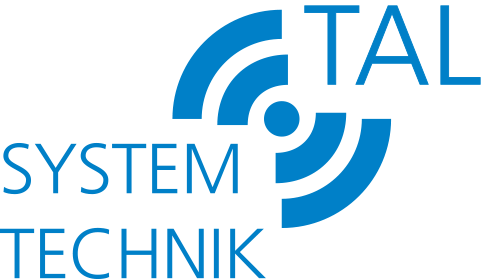The Rise of Wireless Technologies in Building Automation
In recent years, wireless technologies have revolutionized various industries, and building automation is no exception. The integration of wireless technologies such as Bluetooth, Zigbee, and Wi-Fi has transformed the way we control and monitor various systems within buildings, leading to improved efficiency, cost savings, and enhanced comfort for occupants. One aspect where wireless technologies have shown significant advancements is in the area of schalldämmung maschinen (noise insulation machines), providing innovative solutions to mitigate noise pollution in buildings.
Wireless technologies are now extensively used in building automation systems, enabling seamless communication between different devices, sensors, and control systems. This wireless connectivity has eliminated the need for complex and expensive wiring installations, making building automation systems more affordable and easier to deploy. Additionally, wireless technologies have enhanced flexibility, allowing for quick and hassle-free modifications and expansions to the system as per evolving building needs.
When it comes to schalldämmung maschinen, wireless technologies have revolutionized noise control systems within buildings. Previously, noise insulation machines required extensive cabling to integrate with the building automation system. However, with the advent of wireless technologies, noise insulation machines can now be monitored and controlled wirelessly, resulting in a more efficient and convenient process. By integrating these machines wirelessly, building managers can remotely monitor and adjust noise insulation settings as required, thereby optimizing noise control and improving comfort levels for occupants.
Moreover, wireless technologies have enabled the integration of advanced sensors and smart algorithms in noise insulation machines. These sensors can detect ambient noise levels and intelligently adjust the machine’s settings to achieve optimal schalldämmung (sound insulation). This dynamic adjustment ensures that the noise insulation machines adapt to changes in noise levels throughout the day, providing effective noise control and maintaining a peaceful environment within buildings.
Furthermore, the integration of wireless technologies in building automation systems has facilitated centralized control and monitoring of multiple noise insulation machines. Building managers can now easily oversee and manage the operations of various machines across different areas of a building from a single control panel, eliminating the need for physical inspections and saving valuable time. This centralized approach also enables real-time data analysis, allowing for proactive maintenance and identifying areas where additional noise control measures might be required.
Overall, the rise of wireless technologies in building automation, particularly in schalldämmung maschinen, has brought significant advancements in noise control systems within buildings. The seamless integration of wireless devices, sensors, and control systems has enhanced the effectiveness, efficiency, and convenience of noise insulation machines. Moreover, wireless technologies have improved scalability, flexibility, and centralized control, making it easier for building managers to maintain a comfortable and noise-free environment for occupants. As wireless technologies continue to evolve, we can expect further innovations in building automation systems, ultimately leading to enhanced efficiency and comfort in buildings worldwide.
************
Want to get more details?
TAL Systemtechnik GmbH
https://www.tal-systemtechnik.de/
+49 7731 68405
Byk-Gulden-Straße 36, 78224 Singen
TAL Systemtechnik GmbH – Wir produzieren und liefern Ihnen konfektionierte Dämmstoffe nach Maß, Akustische Dämmung zur Schallisolierung, den TL flexibler Abgasschlauch hitzebeständig und diverse Schallschutzvorhänge für die Industrie.









